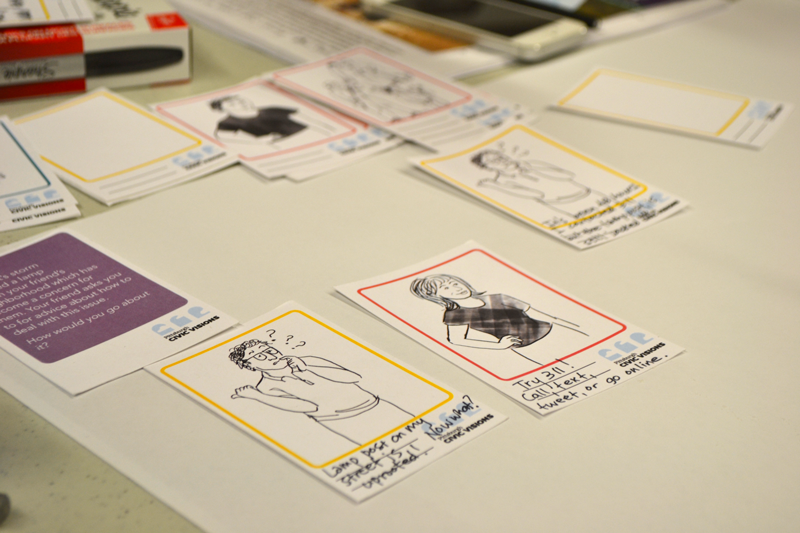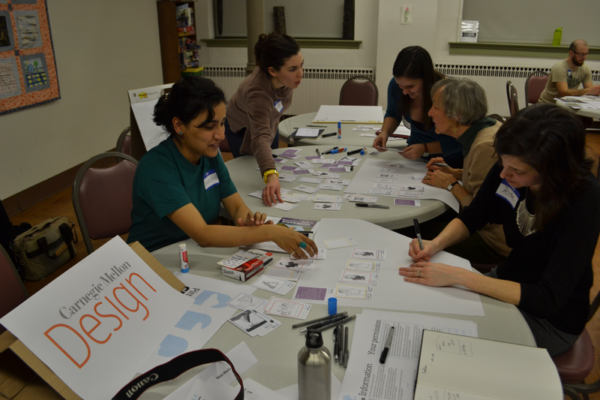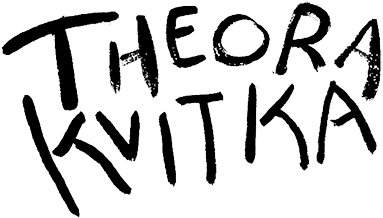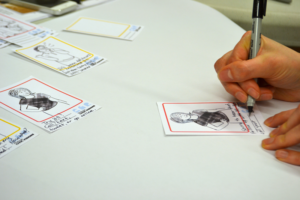
This semester at Carnegie Mellon I’ve been fortunate to work with professor Dan Lockton as a research assistant. The project that I am working on is called Pittsburgh Civic Visions, on a team that includes Dan, myself, Ashlesha Dhotey, Nehal Vora,two other design masters candidates and Silvia Mata-Marin, a PhD candidate. The intent of this research is to understand people’s mental models of their local governments, if they have a mental model at all. Additionally, we’d like to know how people might prefer to interact with their local government, or if they have ideas about how services, bureaus and so on could be more accessible to average citizens.
Ultimately, the project deliverable will be to either A) present these findings to Pittsburgh governing bodies and let them know how they might communicate more effectively with citizens and/ or B) create a guide for citizens informing them of how to interact with their local government in order to get things done (not unlike the Center for Urban Pedagogy’s work). 
Clearly, this is a huge task and probably not one that can be accomplished within one semester, and it will grow and change as the project goes along. Dan has been very open to ideas and input from us and I’ve been pleased at how collaborative the work is. It’s also been fun to participate in a team project that is more exploratory and open ended than many of my studio projects allow time for.
First research workshop
The Civic Visions team joined in on an event that the City of Pittsburgh was hosting for about 30 “Love your Resilient Block” grant recipients. These recipients had received funding for projects that helped improve their neighborhoods. The Civic Visions team collectively designed a workshop activity to chart the understandings of this “expert user” group. At the event, we had a table and sat down one-on-one with people who wanted to participate. The task was as follows:
- Pick a scenario from a choice of 5
- ex., “Your friend has a vacant lot next to her house, and has the idea that it could be a community garden. How would you explain to her how to engage with the City to take her idea further?”
- Explain to us what steps you’d advise your friend to take to accomplish this project, using cards with pictures or blank cards
- Explain how you might feel during each of these steps, using other cards
- Glue the cards to the paper provided and write in any additional comments or advice.
For the cards mentioned above, the team brainstormed a list of 40 items, topics, emotions or people that would help facilitate storytelling. Silvia Mata-Marin designed a simple, color-coded layout that would enclose drawings of the items. For the first event, I created 10 illustrations for the cards so we could test this idea. We also brought along many blank cards and when I could, I would make additional drawings on the fly as needed (this also helped us better understand what items were needed for this genre of storytelling). Some card examples included “Mayor Peduto”, “my neighbors”, “frustration”, etc. We also tried making some cards that would represent plot devices, like an open window or a tornado, but I’m not sure that the metaphor was understood by the workshop participants.
After the workshop, we put all of the finished storyscapes on the wall and spent time examining them; not only how people went about solving the issue presented in the scenario (i.e., “call 311”) but also, did they see the solution as linear? Were they able to solve the problem in their telling of the story? Did they make use of arrows or other hierarchies to connect different ideas? The analysis of the first workshop products will help us plan as well as determine our final deliverables.
Next, we will do another research workshop with graduate students to try and understand their mental models, with interest and attention to the fact that most have just moved to Pittsburgh from other cities and countries. Learn more about the project via Dan Lockton’s website.





